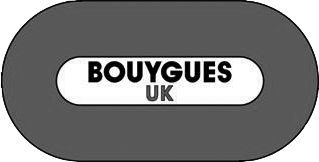Helical Screw Piles May Prevent Earthquake Structural Damage
February 9, 2016 8:31 amA recent ongoing study on helical screw piles led by the Deep Foundations Institute (DFI), which began in May 2015, may help initiate changes to the International Building Code (IBC). Specifically, it seeks to demonstrate the structural value of using helical screw piles as foundation solutions in areas with high seismic activity. Let’s look further at the study and what it hopes to accomplish.
What is the Helical Pile Seismic Research Study?
This study will measure and test the structural integrity of helical pile installations against seismic activity. This 2 year, 7 month study is being led by Dr. Amy Cerato at the University of Oklahoma.
How is the Helical Pile Research Study Being Run?
This study is being run in three parts: Part I is the literature review, Part II introduces small scale load tests, and Part III runs full scale loading and Finite Element Modeling (FEM).
The literature review will contemplate and father previous seismic research on helical pile foundations. The small scale load tests will measure seismic activity against model scale pile data and record the behaviour. The full scale loading and Finite Element Modeling will use an actual size matrix of helical piles and test them against seismic loads using a hydraulic piston, oscillator, or Thumper truck (which will create earthquakes).
Why is the Helical Pile Seismic Research Study Important?
There has been real value found in helical pile foundations, especially in regard to seismic behaviour. In seismic regions we are hoping that helical piles will be utilised more broadly as a Deep Foundation Solution.
For example, in New Zealand there is documentation that over 95% of approximately 100 structures which were built using helical piles foundations outlasted earthquakes in 2010-2012 that were otherwise deemed catastrophic to the region. This information, integrated into a performance study could help further move helical pile foundations into the forefront of seismic design categories contained in the International Building Code. The study is due to be completed and submitted to the Deep Foundation Institute on 1 January 2018.
Categorised in: Uncategorized




















